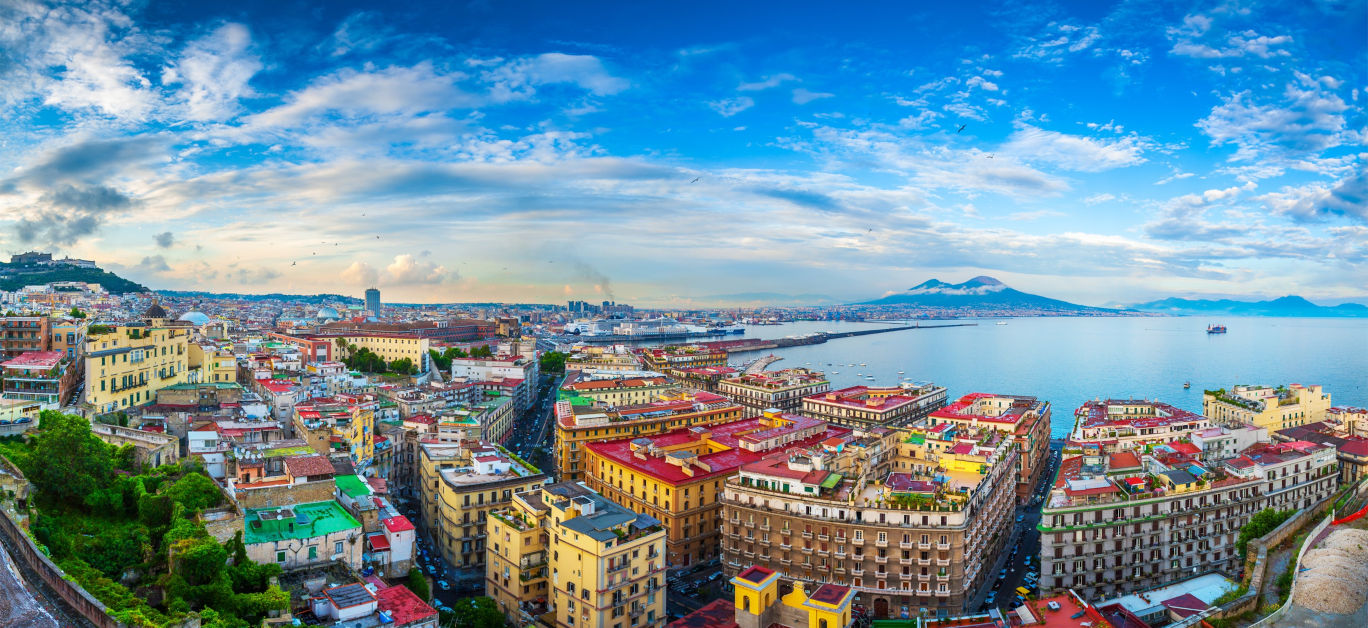Naples, the capital of the Campania region, is a thriving, pulsating, cosmopolitan city in the south of Italy, which lies between the two volcanic regions of Mount Vesuvius and the Phlegraean Fields. This city offers visitors a rich tapestry of history, spectacular art and architecture that is sure to placate the most demanding appetites of the most dedicated culture vultures.
The historic city centre is listed as a UNESCO World Heritage site and covers 4,200 acres. For an architectural treat I visited Maschio Angioino, the imposing castle built in 1282, which is surrounded by deep moats and is accessed through a beautiful ornate arch.
I was enthralled by the outstanding sculptures celebrating the House of Aragon in 1467. I embarked on a leisurely stroll around the Cappella Palatina and admired the Renaissance doorway and as I entered the theatre I noticed the grand entrance to the Galleria Umberto I, the largest interior arcade in southern Italy.
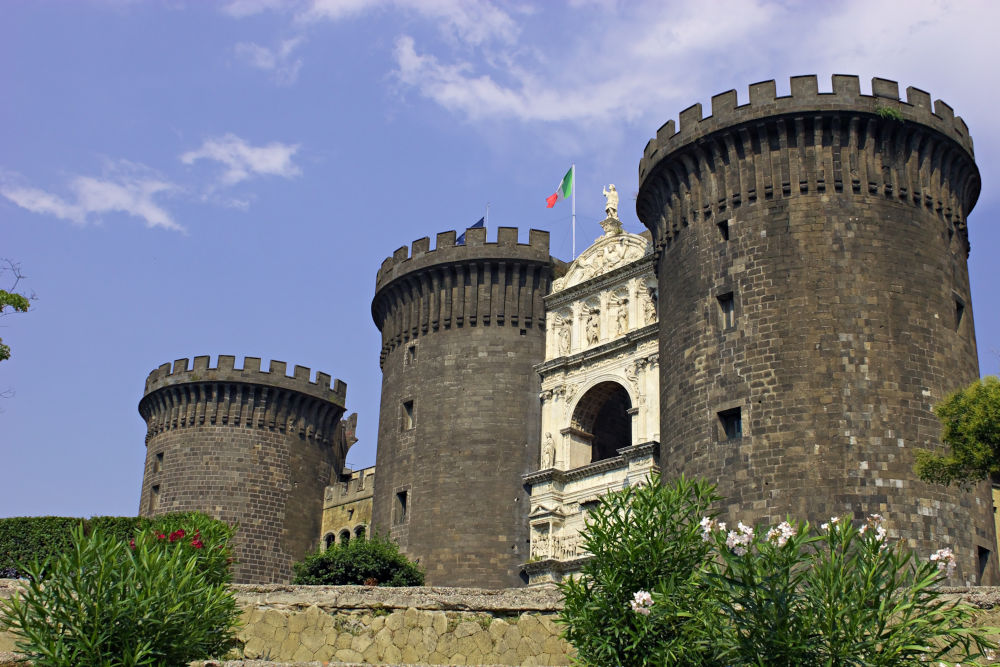
I wandered around the Piazza del Plebiscito, enclosed by the majestic royal palace, and admired the spectacular neoclassical façade of the San Francesco di Paola church and then made my way to the National Museum of Capodimonte inside the Palace of Capodimonte. The museum exhibits a fine collection of treasures including works by Raphael, Caravaggio, Titian, El Greco and other masters. The most intriguing exhibit has to be the painting ascribed to Leonardo da Vinci, ‘The Holy Infants Embracing’, which represents the infant Christ embracing his cousin John the Baptist. It is quite magnificent.
The extensive Farnese collection, housed on the ground floor, includes intriguing examples of Roman monumental sculpture and it is a real feast for the eyes.
Naples presents an extensive selection of events throughout the year including the Maggio dei monumenti during April, May and June, when private collections and monuments that are usually kept out of the public arena are openly displayed.
Another date to add to your diary is 19th September, when the celebration of San Gennaro, the patron saint of Naples, concludes. The festival first took place in the fourteenth century when San Gennaro’s blood, protected by a local bishop, returned to a liquid state on 19th September, the anniversary of the saint’s martyrdom. Naples celebrates this miracle with colourful processions and wonderful displays, attracting visitors from far and wide.
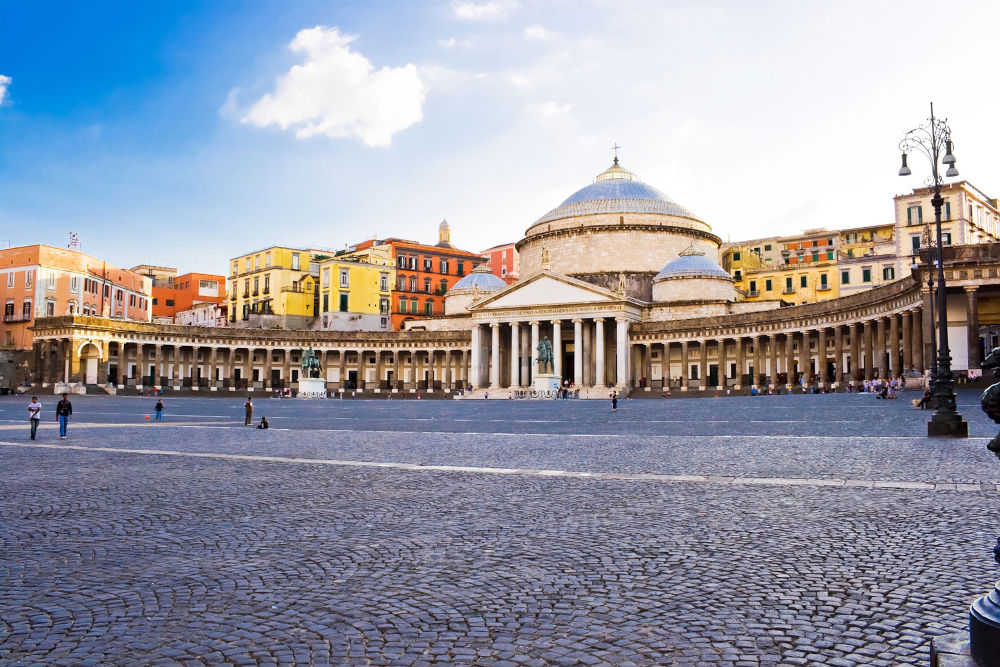
For the most adventurous and courageous visitors, Mount Vesuvius beckons. The last volcanic eruption took place in 1944 when the shape of the crater altered. Records show slight activity in 1980 but since then she has only emitted a plume of smoke, to remind us that she is not dormant.
You may wish to plan your visit by car as there is a good road leading to a junction amidst the lava flow, but if you are feeling more energetic, the path, although strewn with cinders and fragments of lava, offers a more daring assent. I am reliably informed, that the reward at the summit is generous, affording a breath-taking view over the Bay of Naples and the overwhelming sight of the huge crater, which spouts steam into the skies, providing a tantalising glimpse of the power of Mother Nature.
For those of us with a penchant for romance and seeking a really special treat, make early reservations for the San Carlo Theatre, which is the oldest continuously active opera house in Europe, founded by Charles VII of Naples and inaugurated in 1737. Guiseppe Verdi was closely associated with the theatre, presenting Oberto Conte di San Bonifacio to an enraptured audience in 1841 and other master composers such as Giacomo Puccini have staged their works in this beautiful theatre. It was one of the many highlights of my trip.
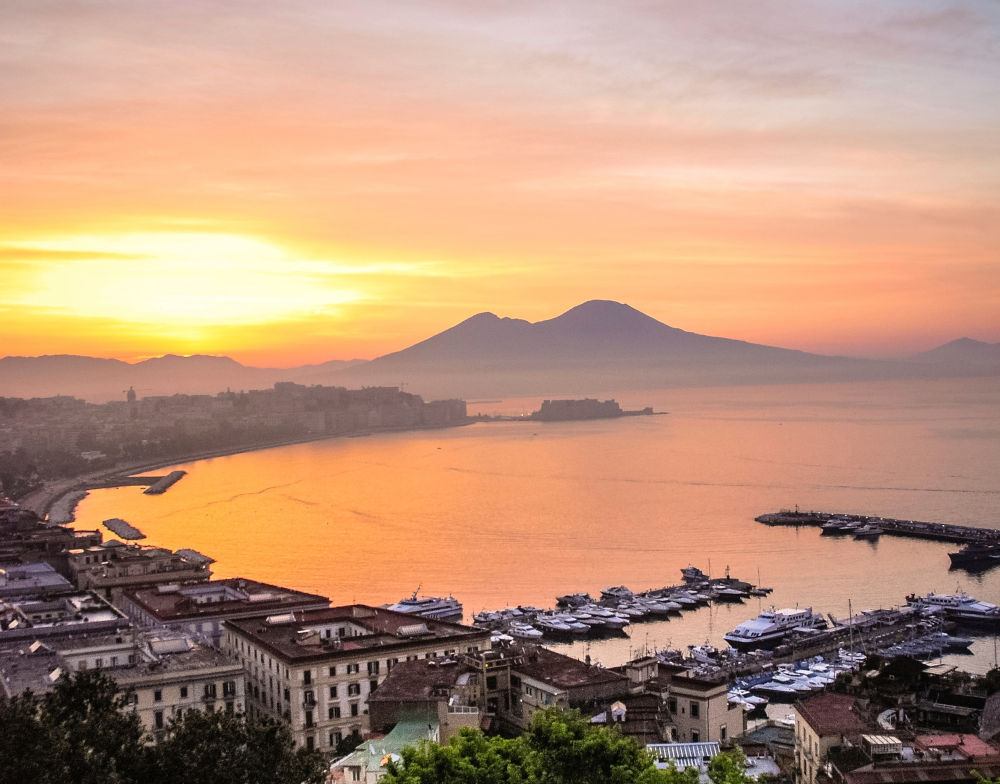
After the show I hailed a taxi and made my way to the Antica Pizzeria Port’Alba, considered to be Naples’ first pizzeria, which has been serving generations of diners since 1738. The Pizza, once served to only the most humble of diners, is taken very seriously in Naples, where the Authentic Neapolitan Pizza Association was established in 1984.
I ordered the margherita, topped with fresh basil, tomato and mozzarella cheese, and it remains the most popular choice. Accompanied by a glass or two of rich, red wine, and followed by a generous serving of Neapolitan ice cream, it was a wonderful dining experience.
To work off those calories I wandered around the narrow and winding streets and discovered a number of quaint and rather charming shops displaying the most up-to-date fashions, confectionery, jewellery and trinkets. For those of us with an insatiable passion for Italian shoes and bags, any resistance in reaching for our credit card will be futile!
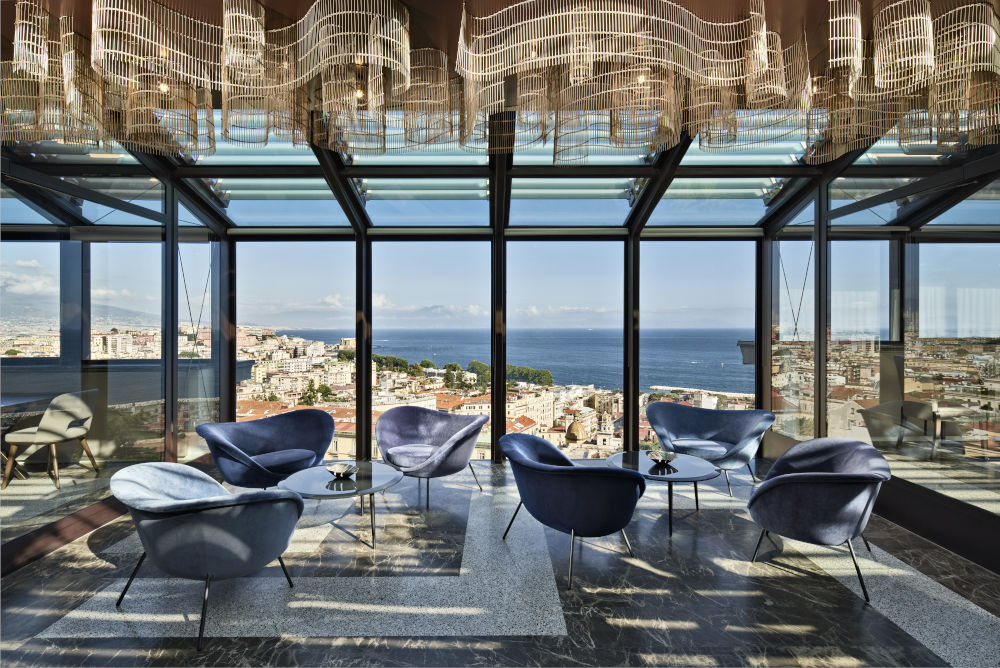
Weighed down with my purchases, I was feeling a trifle weary and keen to check-in to a local hotel for an undisturbed slumber. The Britannique Naples, Curio Collection by Hilton is located on Corso Vittorio Emanuele, which is a tranquil area, and only a ten-minute walk from the Via dei Mille shopping district.
Accommodations are spacious with contemporary furnishings and most feature views over the Gulf of Naples. I selected the comfortable king junior suite measuring 38 square metres and then made my way to the hotel’s rooftop Niq Bar, ordered a cool cocktail and admired the panoramic view across the Gulf of Naples to Mount Vesuvius. I raised my glass and made a toast to this wonderful city, full of surprises.
Treat yourself and visit bellissima Napoli, you won’t be disappointed.
Factbox
Direct flights from Heathrow to Naples are available from British Airways with an approximate flight time of two hours and 40 minutes.
For more information on the featured accommodation visit hilton.com.
Images excluding accommodation courtesy of Convention Bureau Napoli.












